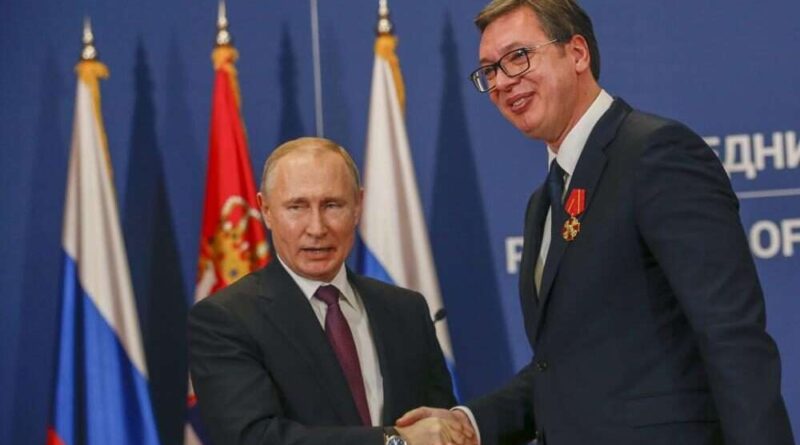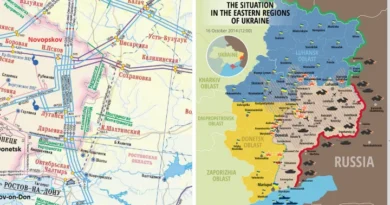Azerbaijani Gas Supplies to Serbia: Facts, Challenges, and Political Interpretations
The ongoing issues with Shah Deniz 2 gas supplies have sparked political interpretations that often contradict the available technical data. It appears there is a disconnect between official statements by President Vucic that Serbia has ceased to receive Azeri gas and factual supply figures. According to exit data from Bulgaria’s gas transmission system at Kalotina, gas deliveries to Serbia continue uninterrupted at a steady rate of approximately 2 million cubic meters per day. This demonstrates that neither Azerbaijan nor Bulgaria have caused any disruption in the supply and transit of Azeri gas.
In contrast, there have been confirmed interruptions in Azeri gas supplies to Bulgaria. Recent updates from the Azerbaijan Gas Supply Company (AGSC) website indicate that the resumption of deliveries has been postponed once again, now to January 19. The exact nature of the disruption and its causes remain undisclosed, which leaves a lot of room for speculation and propaganda. Political forces aligned with Russian gas interests have attempted to exploit the situation, suggesting that Gazprom’s supplies are indispensable.
Support Independent Analysis
Help us keep delivering free, unbiased, and in-depth insights by supporting our work. Your donation ensures we stay independent, transparent, and accessible to all. Join us in preserving thoughtful analysis—donate today!
Key Differences in Azerbaijani Gas Deliveries to Bulgaria and Serbia
1. Contractual Variations
- Bulgarian gas supplies to Bulgargaz are based on a contract with AGSC, which relies on gas production from the Shah Deniz 2 field. Shah Deniz 2 has been experiencing difficulties, resulting in complete supply interruptions for some customers and reduced volumes for others. Decisions on allocation are made by AGSC and the Shah Deniz consortium.
- In Serbia, gas supplies are managed through a contract with SOCAR (State Oil Company of Azerbaijan), which sources gas from other fields unaffected by production issues.
2. Delivery Routes
- Bulgargaz depends on the Greece-Bulgaria Interconnector (IGB) to transport Azerbaijani gas from Shah Deniz 2.
- Serbia, however, receives Socar gas directly through Bulgaria’s transmission system at the Kalotina-Dimitrovgrad exit point.
3. Local Challenges in Serbia
- Any imbalances in Serbia’s gas consumption and supply are not attributable to reduced quantities at the Bulgaria-Serbia interconnector. Instead, they are likely linked to internal Serbian factors, such as reliance on Gazprom, distribution inefficiencies, and market dynamics.
Broader Context: Political Narratives and Market Dynamics
Despite facing its own supply challenges, Bulgaria has refrained from transferring its problems to third countries. For example, during a period of increased demand and reduced supply, gas prices on the Bulgarian gas exchange naturally rose. For the first time in months, prices exceeded the benchmark Western European index, TTF, by €4–5/MWh. Previously, Bulgarian prices had consistently been lower by similar margins.
Attempts to question the reliability of Azerbaijani gas supplies and to promote the indispensability of Russian gas align with broader efforts by Russia to undermine alternative energy sources and routes. Increased energy vulnerability in the region primarily stems from missed opportunities to diversify supplies following the onset of Russia’s aggression in Ukraine.
The data suggests that Serbia’s gas supply challenges are not linked to disruptions at the Bulgarian-Serbian interconnector but to domestic issues. Claims of Azerbaijani gas unreliability and arguments for Gazprom’s indispensability are part of a broader narrative aimed at discrediting alternative energy sources.
Addressing these challenges requires a focus on diversifying supply sources and strengthening regional cooperation to reduce dependence on monopolistic suppliers.
Ilian Vassilev




